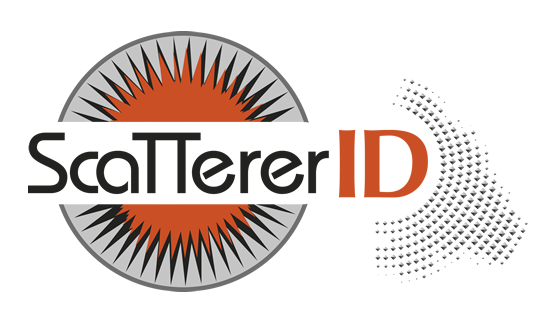Scatterer ID Project
Overview of the project
The goal of ScattererID is to develop a new generation of systems based on chipless radiofrequency (RF) labels, operating like radar targets, and compatible with new functionalities.
The main objective of this project is to introduce the paradigm of RF communication system based on chipless label, that is to say tags without any chip, bringing an ID, able to communicate with radio waves, having extremely low costs and where other useful functionalities can be added. With comparable costs to a barcode, these labels should stand out by providing more functionalities than the optical approach. Thus, this research project aims to carry on Etienne Perret’s work begun on chipless at the LCIS laboratory with the objective to show that it is possible to associate the chipless label ID with other features like the ability to:
- write and rewrite the information (ID),
- associate an ID with a sensor function,
- associate an ID with gesture recognition.
These advances are primarily based on important technological breakthroughs.
Objective of the project
From a theoretical point of view, too few works have focused on the accurate understanding of the physical phenomena involved in both cases, particularly those linked with the phenomena that occurred at the Nano scale (1- Nano switches | 2- sensors based on nanowires) and the modification of the RF waves characteristics that interact at the macroscopic scale and contain the useful information.
For instance, the possibility of designing reconfigurable and low cost (i.e. printable) tags involves the development of original approaches at the forefront of progress, like the use of CBRAM from microelectronics, allowing to achieve reconfigurable elements based on Nano-switches.
From a practical point of view, the ultimate goal is to demonstrate that the chipless RFID has the greatest assets to compete with the barcode and succeed in leadership positions in some practical applications.
The development of a new easy to use and low cost technology, that would allow the "objects" to communicate for traceability means, is eagerly awaited. This project is very promising for Europe: the need for a new market for printer companies and the pulp and paper industry is already shown by the quick development of inkjet printing of conductive materials.
In the near future, most people will be buying conductive ink cartridges, already compatible with their own inkjet printer to print conductive patterns on sheets of paper. In that context, “smart packaging” is a significant target for these companies and everything has to be done to improve this technology.












